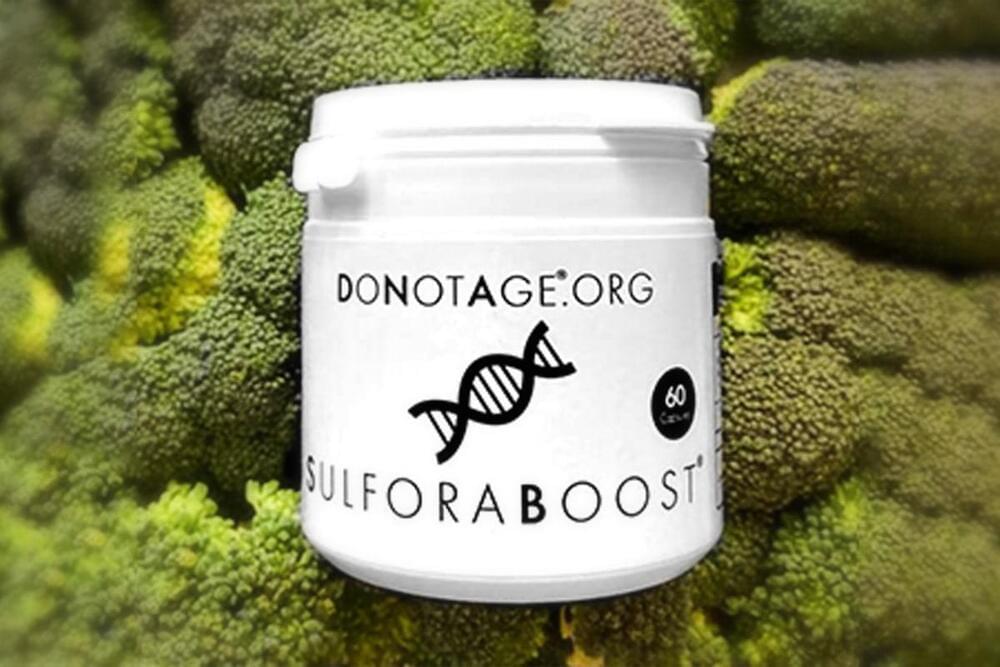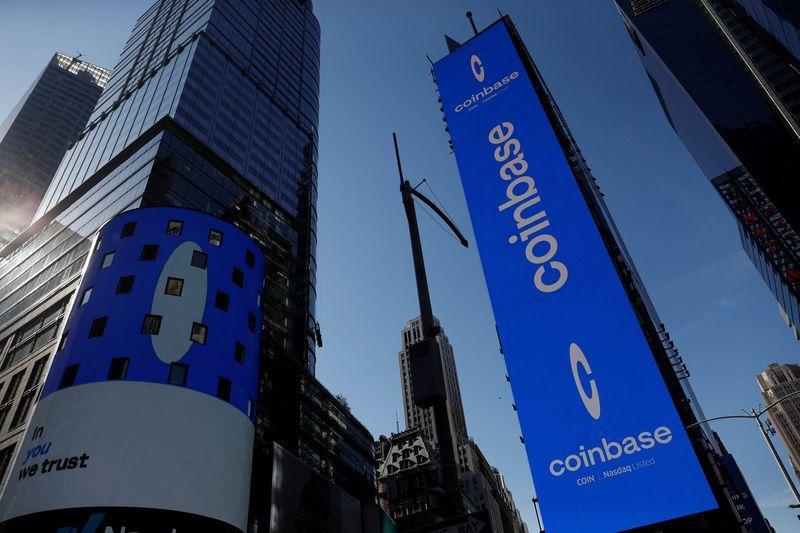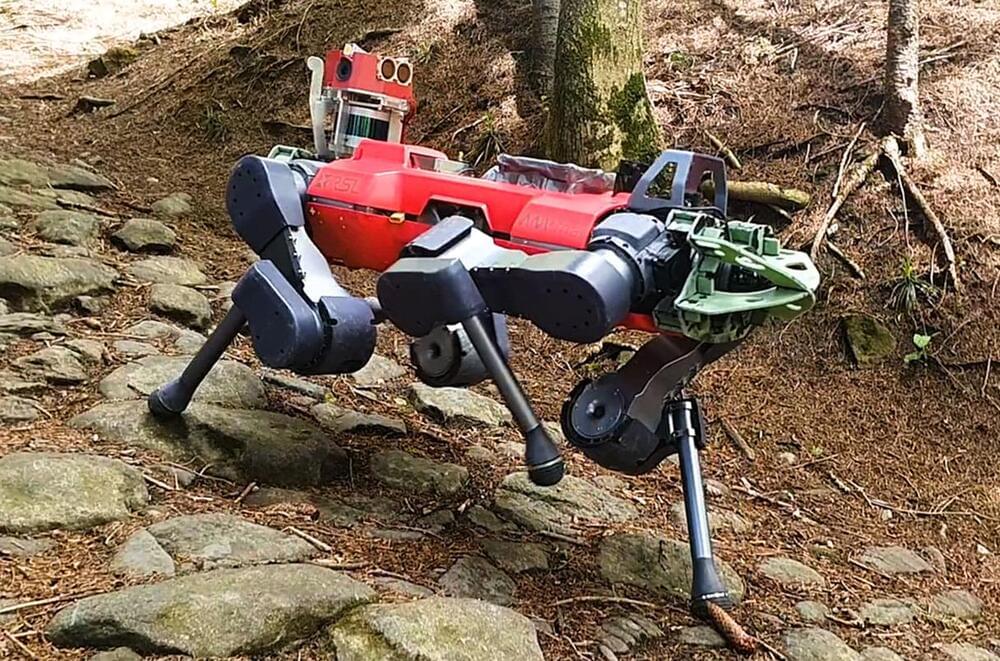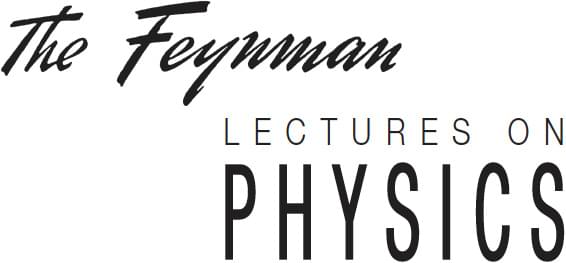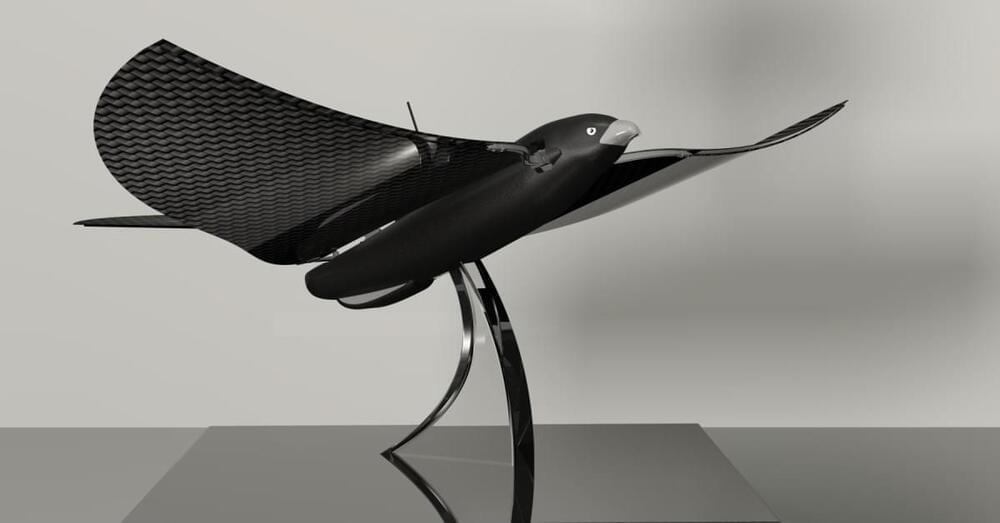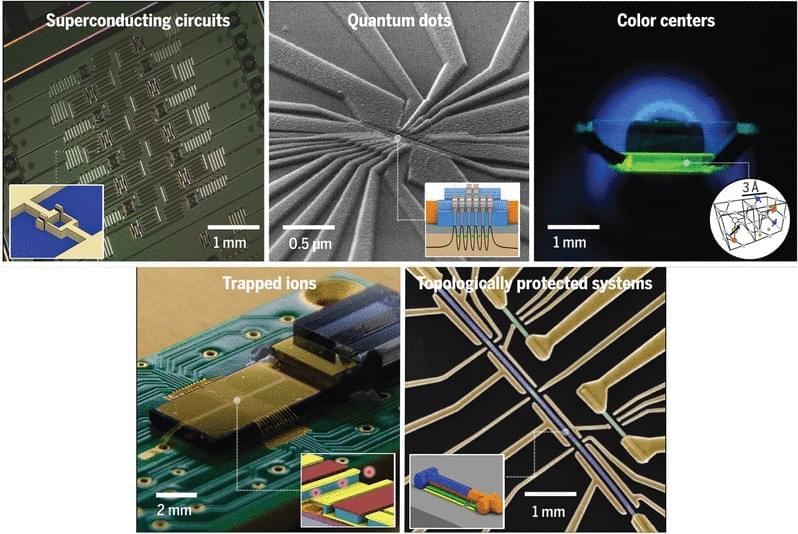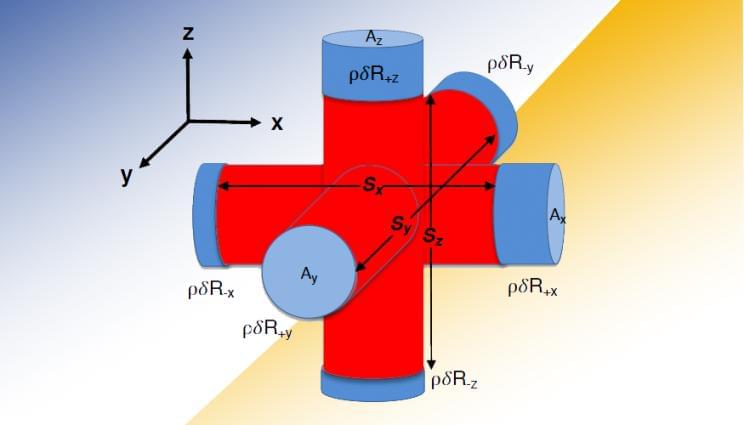Taking a leaf out of Mother Nature’s book could improve lifespan and healthspan. Brand-new sulforaphane longevity supplement launches.
US poultry producers are tightening safety measures for their flocks as disease experts warn that wild birds are likely spreading a highly lethal form of avian flu across the country.
Indiana on Wednesday reported highly pathogenic bird flu on a commercial turkey farm, leading China, South Korea and Mexico to ban poultry imports from the state. The outbreak put the US industry on edge at a time that labor shortages are fueling food inflation.
The disease is already widespread in Europe and affecting Africa, Asia and Canada, but the outbreak in Indiana, which is on a migratory bird pathway, particularly rattled U.S. producers. A devastating US bird-flu outbreak in 2015 killed nearly 50 million birds, mostly turkeys and egg-laying chickens in the Midwest.
There’s a land rush happening — and it’s not in New York City or Beverly Hills.
Early speculators, professional real estate agents, and celebrities are buying up land that doesn’t even exist in the real world. They are investing in metaverse real estate, a concept mind-boggling to most people.
So, what exactly is the metaverse? Technologists say the metaverse is the next level of the internet. It’s a virtual reality platform where people can play games, connect with friends, attend meetings, and even go to virtual concerts. Ever since Facebook announced it would change its name to Meta and focus on building its own digital world, interest in metaverse real estate skyrocketed.
Coinbase Global has removed ‘how to buy’ instructions for at least three crypto tokens which have been the subject of ‘rug pull’ warnings that investors may lose their money, saying on Thursday it plans to improve safeguards. Jaclyn Sales, a spokesperson for Coinbase, said the links were removed from the cryptocurrency exchange’s website after they were brought to its attention this week by Reuters. Nasdaq-listed Coinbase features pages offering tips on investing in tokens and the pages in question were informational rather than making them available to trade on its app or wallet.
Going beyond previous unmanned helicopters that featured “advanced autopilots” or “the beginning of autonomy,” a new DARPA experiment showed off a pilotless Bla… See more.
Software once designed to be a digital co-pilot is taking the wheel.
Learn More.
Science
This robot named “ANYmal” can hike as fast as a human. Learn more ➡ https://fcld.ly/lng297f
Adding depth sensors onto the machine allows it to “see” its environment.
“Now, anyone with internet access and a web browser can enjoy reading a high quality up-to-date copy of Feynman’s legendary lectures.
France’s Defense Ministry oversees development of a biomimetic drone whose resemblance to birds and insects increases its stealth operation.
Researchers supported by France’s Defense Ministry are working to develop a more effective surveillance drone that’s also less prone to detection by its imitation of birds or insects.
In this case, that involved learning how winged creatures of nature might allow data-collecting UAVs to do their work without being seen, or be identified if they are.
The potential of quantum computers to solve problems that are intractable for classical computers has driven advances in hardware fabrication. In practice, the main challenge in realizing quantum computers is that general, many-particle quantum states are highly sensitive to noise, which inevitably causes errors in quantum algorithms. Some noise sources are inherent to the current materials platforms. de Leon et al. review some of the materials challenges for five platforms for quantum computers and propose directions for their solution.
Science, this issue p. eabb2823.
They are examining all million pieces of the puzzle to make the next #NIF shots “even.” #physics.
https://www.llnl.gov/news/research-looks-piston-model-unders…implosions
